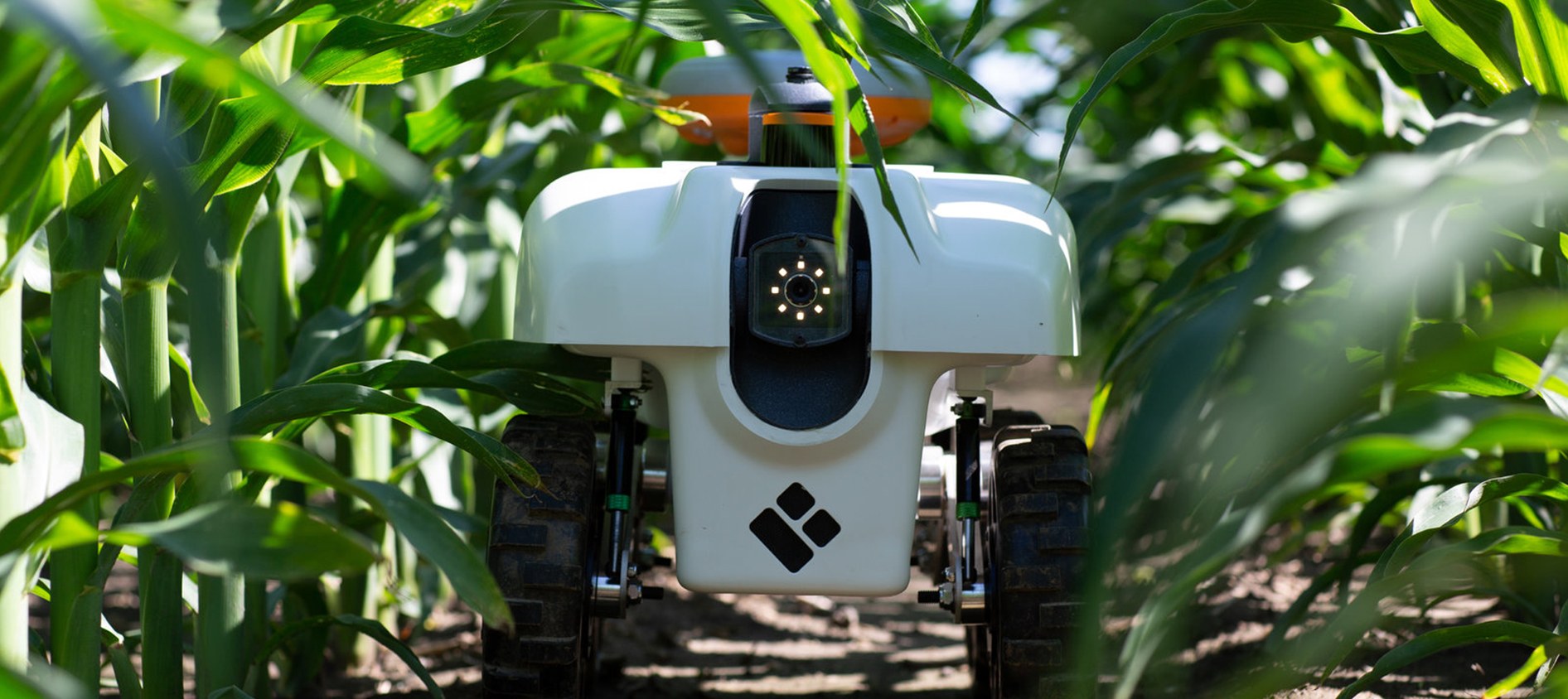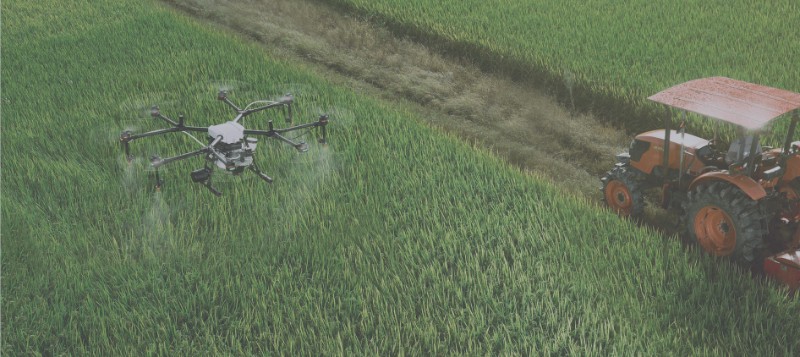Chinese scientists discover new gene that is key to increasing rapeseed yield

Recently, the team led by Academician Wang Hanzhong from the Oil Crops Research Institute of the Chinese Academy of Agricultural Sciences published important research results in the international authoritative academic journal Plant Biotechnology Journal, revealing for the first time the molecular mechanism of the molecular chaperone gene BnaC01.CCT8 regulating rapeseed yield, discovering excellent alleles, and providing a new theoretical basis and technical support for the molecular breeding of high-yield rapeseed.
Rapeseed is China's largest oil crop, and its annual oil production accounts for more than 50% of the total oil production of domestic oil crops. Its yield increase is directly related to national grain and oil security. To this end, the team led by Academician Wang Hanzhong successfully identified the key gene BnaC01.CCT8 that controls rapeseed yield through chemical mutagenesis and map-based cloning technology after 5 years of systematic research. This gene forms a protein complex with the rapeseed yield gene BnARF18, which was also first discovered by the team, to construct a unique regulatory network that promotes auxin synthesis and inhibits jasmonic acid synthesis, thereby promoting silique elongation and grain development. Field test data showed that the new rapeseed lines overexpressing this gene showed a significant yield increase: the average length of the silique increased by 11.6%, the thousand-grain weight increased by 24.6%, and the yield per plant increased by 25.3%. At present, the team has conducted genotype analysis on 163 rapeseed resources across the country, developed corresponding molecular marker-assisted selection technology, and applied it to the breeding of new high-yield rapeseed varieties, which will provide scientific and technological support for ensuring national grain and oil security.
This research was funded by the National Key R&D Program, the National Natural Science Foundation, the Science and Technology Innovation Project of the Chinese Academy of Agricultural Sciences, and the Modern Agricultural Industry Technology System of the Ministry of Agriculture and Rural Affairs. (Contributed by the Oil Crops Research Institute of the Chinese Academy of Agricultural Sciences Correspondent: Dun Xiaoling)








